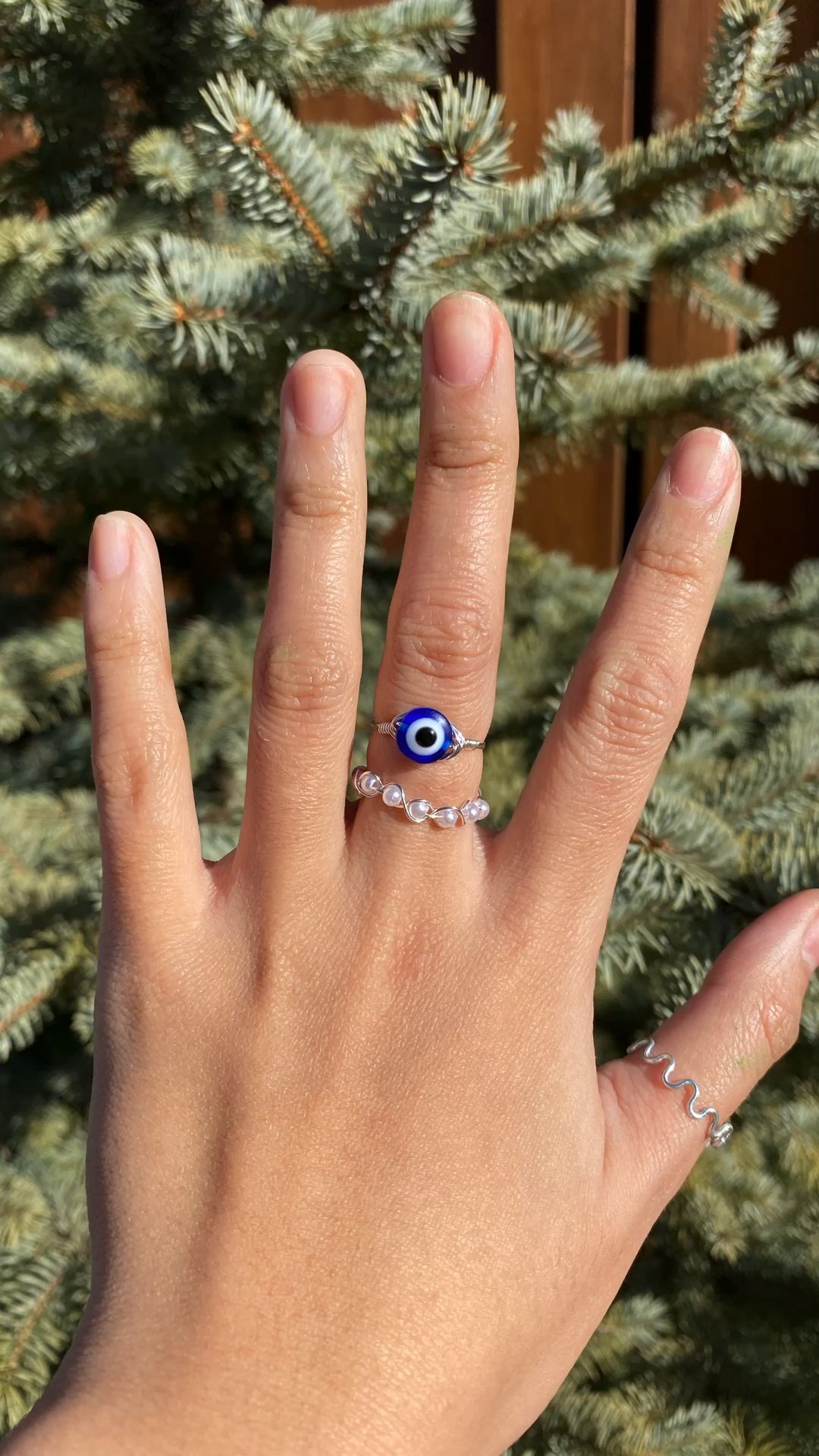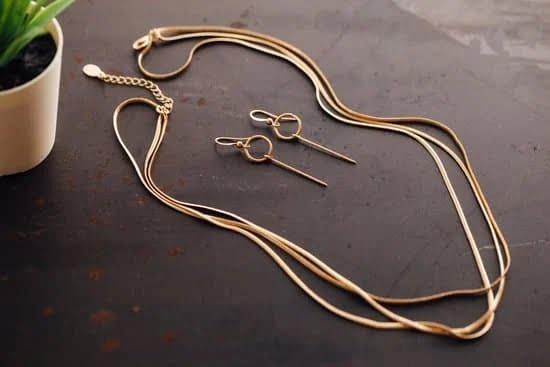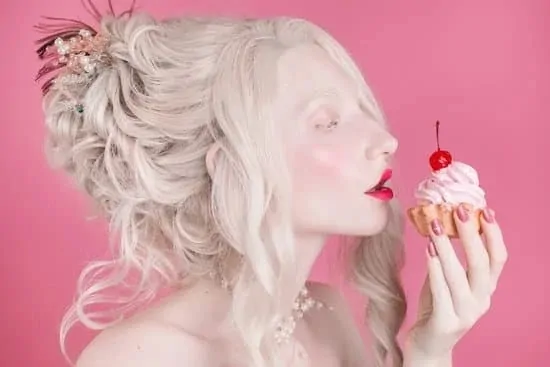The history of paste jewelry dates back centuries and has seen a resurgence in recent years. Often overshadowed by its precious gemstone counterparts, paste jewelry holds its own unique charm and appeal. In this article, we will delve into the captivating history of paste jewelry, exploring its origins, rise to popularity, notable figures who adorned it, as well as its decline and modern-day revival.
Paste jewelry is a type of jewelry that has been around for centuries and is often mistaken for real gemstones due to its striking resemblance. Made from glass or crystal, paste jewelry possesses its own distinct characteristics that set it apart from other types of jewelry. From its intricate craftsmanship to its mesmerizing sparkle, paste jewelry has left an indelible mark on the world of fashion and accessories.
As we journey through the history of paste jewelry, we will uncover the origins of this exquisite art form and how it evolved over time. From its humble beginnings to becoming a beloved accessory among royalty and high society in the 18th century, the allure of paste jewelry has transcended various eras and continues to captivate enthusiasts today. Join us as we unravel the fascinating story behind this timeless form of adornment.
What Is Paste Jewelry and Its Characteristics
Paste jewelry has a rich and illustrious history that dates back centuries. What exactly is paste jewelry, and what makes it so unique? Paste jewelry is crafted using faceted glass, often backed with metallic foil to enhance its brilliance. It was initially created to imitate the look of precious gemstones such as diamonds, emeralds, and rubies, making it a more affordable alternative for those who desired luxury and glamour.
One of the most notable characteristics of paste jewelry is its ability to reflect light in a dazzling manner, thanks to its multifaceted structure. This gives it an unparalleled sparkle and brilliance that captivates the eyes of beholders. The meticulous craftsmanship involved in creating paste jewelry sets it apart from other types of costume or fashion jewelry, making it a sought-after choice for those looking to add a touch of elegance and sophistication to their attire.
The Origins of Paste Jewelry
Although paste jewelry has become synonymous with luxury and glamour, its origins can be traced back to ancient times. The use of glass as a diamond simulant can be dated as far back as the 17th century in France.
However, it wasn’t until the 18th century that paste jewelry truly began to flourish, gaining popularity among aristocrats and royalty across Europe. This marked the beginning of an era where paste jewelry became a symbol of wealth and status, adorning the necks, ears, and wrists of those who commanded attention and admiration.
The Origins of Paste Jewelry
Paste Jewelry has a long and rich history dating back to ancient times. The use of paste as a substitute for precious gemstones first became popular in the 18th century, but its origins can be traced back even further. Here is a closer look at the fascinating history of paste jewelry:
- Ancient Origins: Paste jewelry actually has its roots in ancient civilization, with evidence of its use dating back to the Roman Empire. Romans were known to use glass and quartz to create imitation gemstones for their jewelry, mimicking the look of more expensive stones such as emeralds and rubies.
- Renaissance Revival: During the Renaissance period, paste jewelry experienced a revival as craftsmen began experimenting with new methods for creating these imitation stones. This era saw an increase in the popularity of costume jewelry, with paste being used to add sparkle and color to intricate designs.
- Baroque Period: The use of paste jewelry continued to evolve during the Baroque period, with advancements in glass-cutting techniques allowing for more realistic imitations of precious gemstones. This led to an increased demand for paste jewelry among the upper classes who desired luxurious-looking accessories without the high price tag.
Throughout history, paste jewelry has continued to evolve and adapt, remaining a beloved choice for those seeking affordable yet stylish accessories. Its enduring legacy speaks to its timeless appeal and craftsmanship that continues to captivate fashion enthusiasts today.
The Rise of Paste Jewelry in the 18th Century
The 18th century marked a significant rise in the popularity of paste jewelry. During this time, advancements in technology led to the development of glass pastes that closely resembled gemstones. This allowed for the creation of intricate and detailed jewelry pieces that were more affordable than their natural gemstone counterparts. Paste jewelry became highly sought after by both the aristocracy and middle class, leading to its widespread appeal.
One of the key factors that contributed to the rise of paste jewelry in the 18th century was the influence of prominent figures such as Marie Antoinette and other members of European royalty. These individuals were known for their extensive collections of paste jewelry, showcasing them at lavish court events and setting trends for fashionable adornments among the elite.
Furthermore, the rise of paste jewelry coincided with a shift in fashion towards more elaborate and ornate styles. The intricate designs and vibrant colors offered by paste stones allowed for the creation of visually stunning pieces that perfectly complemented the opulent clothing styles of the time. As a result, paste jewelry became an integral part of 18th-century fashion, adorning both men and women across Europe.
| Notable Figures | Impact on Paste Jewelry |
|---|---|
| Marie Antoinette | Extensive collections popularized paste jewelry among royalty and aristocracy |
| European Royalty | Sets trends for fashionable adornments among elite class |
Notable Figures and Royalty Who Wore Paste Jewelry
Throughout history, paste jewelry has adorned the necks, wrists, and ears of some of the most influential figures in society. From royalty to celebrities, the allure of paste jewelry has captivated the hearts of those who appreciate its exquisite beauty and craftsmanship.
One notable figure who famously donned paste jewelry was Marie Antoinette, the last Queen of France. Renowned for her lavish taste in fashion and accessories, she often wore elaborate paste jewelry pieces that reflected her opulent style. The trendsetting queen’s love for paste jewelry sparked a craze among the French nobility, leading to a surge in demand for these stunning pieces.
In addition to royalty, notable personalities such as Elizabeth Taylor and Audrey Hepburn were also known for their admiration of paste jewelry. Both iconic actresses embraced the glamour and elegance of paste jewelry on and off the screen, solidifying its status as a timeless adornment favored by the elite.
As paste jewelry gained popularity among influential figures, it became synonymous with luxury and sophistication. Its ability to mimic the brilliance of diamonds and other precious gemstones made it an attractive choice for those seeking to make a grand statement without the exorbitant price tag that often accompanies fine jewelry. The enduring legacy of paste jewelry as a symbol of status and elegance continues to captivate individuals around the world today.
The Decline and Revival of Paste Jewelry
During the 19th century, paste jewelry saw a decline in popularity as it became associated with cheap imitations and inferior materials. The invention of new synthetic gems such as cubic zirconia also contributed to the decline of paste jewelry. It was no longer seen as fashionable or desirable, and its association with royalty and high society waned.
However, in the late 20th century, there was a revival of interest in paste jewelry. Vintage and antique pieces became highly sought after by collectors and enthusiasts. The craftsmanship and intricate designs of paste jewelry became appreciated once again, and it found its place among other forms of costume jewelry. Additionally, modern technology has allowed for the creation of high-quality paste stones that closely mimic the look of genuine gemstones.
The Fashion Industry’s Influence
The resurgence of paste jewelry can also be attributed to the fashion industry’s embrace of vintage and retro styles. Designers began incorporating paste jewelry into their collections, pairing them with both casual and formal attire. This renewed interest in vintage aesthetics helped pave the way for a wider acceptance and appreciation of paste jewelry.
The Role of Social Media
Social media has played a significant role in the revival of paste jewelry. Platforms such as Instagram and Pinterest have become hubs for vintage fashion enthusiasts, providing a space for showcasing and discussing all aspects of vintage style, including paste jewelry. This exposure has helped cultivate a new generation of admirers for this elegant form of costume jewelry.
The decline and subsequent resurgence of paste jewelry exemplify its enduring legacy throughout history, as it continues to capture the fascination of individuals across different eras and cultures.
How Paste Jewelry Is Made and Its Variations
Paste jewelry is crafted using a unique process that has been refined over many centuries. The use of paste in jewelry making dates back to the 18th century, but the techniques and materials have evolved to create a wide variety of styles and designs. Here are some variations of paste jewelry:
- Glass Paste: Glass paste is one of the most common materials used in making paste jewelry. It is created by fusing glass with other elements to create a durable gemstone-like material. Glass paste can be molded, cut, and engraved to mimic the appearance of precious gemstones such as diamonds, rubies, and emeralds.
- Enameling: Another popular technique used in making paste jewelry is enameling. This involves fusing powdered glass onto metal through a high-temperature firing process. Enameling allows for intricate designs and vibrant colors to be added to paste jewelry pieces, creating visually stunning and unique accessories.
- Synthetic Gemstones: In modern times, synthetic gemstones have become a popular choice for creating paste jewelry. These lab-created gemstones offer the same dazzling beauty as natural stones but at a more affordable price point. Synthetic diamonds, sapphires, and other gemstones are commonly used in contemporary paste jewelry designs.
The process of creating paste jewelry involves skilled craftsmanship and attention to detail, resulting in pieces that rival the beauty of genuine gemstones at a fraction of the cost.
The appeal of these variations lies in their versatility; designers can create an endless array of styles ranging from vintage-inspired pieces to modern and contemporary designs. Furthermore, the affordability of paste jewelry makes it accessible to a wider audience who may not have the means to invest in traditional fine jewelry.
As a result, paste jewelry has carved out its own niche within the fashion industry as a desirable option for those seeking luxury aesthetics without the hefty price tag.
While advancements in technology have allowed for new variations of paste jewelry to emerge, traditional methods are still employed by master craftsmen who uphold the legacy of this art form. As such, paste jewelry continues to capture the imagination of both designers and consumers alike, ensuring its enduring legacy in the world of fashion and accessories for years to come.
The Modern Day Appeal of Paste Jewelry
Affordability and Accessibility
One of the most compelling aspects of paste jewelry is its accessibility to a wider range of consumers. Unlike authentic gemstones like diamonds or emeralds, paste jewelry allows individuals to enjoy the brilliance and sparkle of these stones without the high price tag. This accessibility has made paste jewelry a popular choice for those looking to add glamour to their wardrobe without breaking the bank.
Variety and Versatility
Another reason for the enduring appeal of paste jewelry is its wide variety and versatility. With advancements in manufacturing techniques, paste jewelry now comes in a range of styles, colors, and designs, making it easy for wearers to find pieces that suit their personal taste and match their individual style. Whether it’s a classic pair of stud earrings or an eye-catching statement necklace, paste jewelry offers something for everyone.
Sustainability and Ethical Considerations
In today’s conscious consumer culture, many individuals are turning to alternatives like paste jewelry due to ethical considerations. The mining industry associated with authentic gemstones often raises concerns about ethical labor practices and environmental impact. Paste jewelry provides an attractive solution for those who wish to adorn themselves with beautiful accessories while maintaining a sustainable mindset. As more people become aware of these issues, the demand for sustainable alternatives like paste jewelry continues to grow.
Conclusion
When looking at the history of paste jewelry, it becomes clear that this imitation gemstone has had a lasting impact on the world of fashion and accessories. From its origins as a substitute for expensive gems to its resurgence in modern times, paste jewelry has endured through centuries of evolution and changing trends.
This enduring legacy is a testament to the craftsmanship and artistry that goes into creating these pieces, as well as the timeless appeal they hold for collectors and fashion enthusiasts.
Throughout history, paste jewelry has been worn by notable figures and royalty, proving its ability to capture the attention of those with an eye for beauty and elegance. From the courts of Europe to the high society of 18th century England, paste jewelry has adorned some of the most prominent individuals in history. Its ability to exude luxury and glamour without the high price tag of real gemstones has contributed to its widespread popularity over the years.
In today’s fashion landscape, paste jewelry continues to appeal to those who appreciate its vintage charm and affordable allure. With modern variations and manufacturing techniques, this imitation gemstone continues to captivate new generations of consumers. As we look back on the history of paste jewelry, it’s clear that its enduring legacy will continue to shine bright in the world of fashion and accessories for years to come.
Frequently Asked Questions
What Is the History of Paste Jewellery?
The history of paste jewelry dates back to the 18th century when it was created as a more affordable alternative to real gemstones. It gained popularity during the Georgian and Victorian eras as a way for people to accessorize with beautiful pieces without breaking the bank.
What Does Paste Mean in Vintage Jewelry?
In vintage jewelry, “paste” refers to a type of glass that has been cut and polished to resemble gemstones like diamonds, rubies, or emeralds. It was widely used in costume jewelry during the 18th and 19th centuries, and its craftsmanship often rivaled that of genuine gemstones.
How Do You Date Paste Jewellery?
Dating paste jewelry can be tricky but examining the setting, design, and materials used can provide clues to its age. For example, Georgian paste jewelry typically features closed foil settings while Victorian pieces might have open backs. Additionally, certain design elements or maker’s marks can also help determine a piece’s age and origin.

Welcome to my jewelry blog! My name is Sarah and I am the owner of this blog.
I love making jewelry and sharing my creations with others.
So whether you’re someone who loves wearing jewelry yourself or simply enjoys learning about it, be sure to check out my blog for insightful posts on everything related to this exciting topic!





